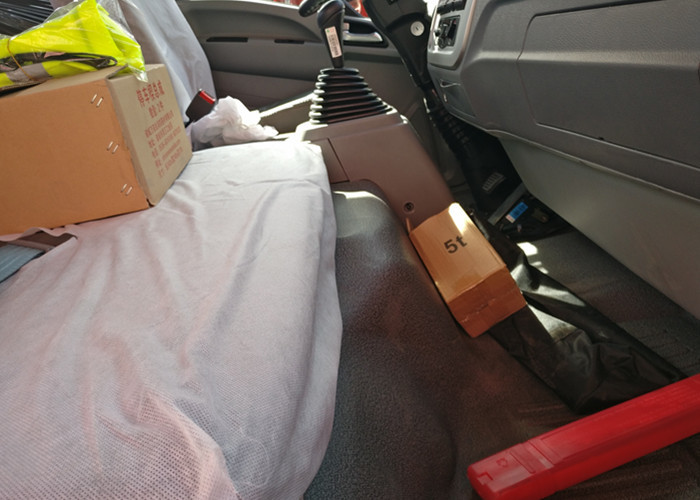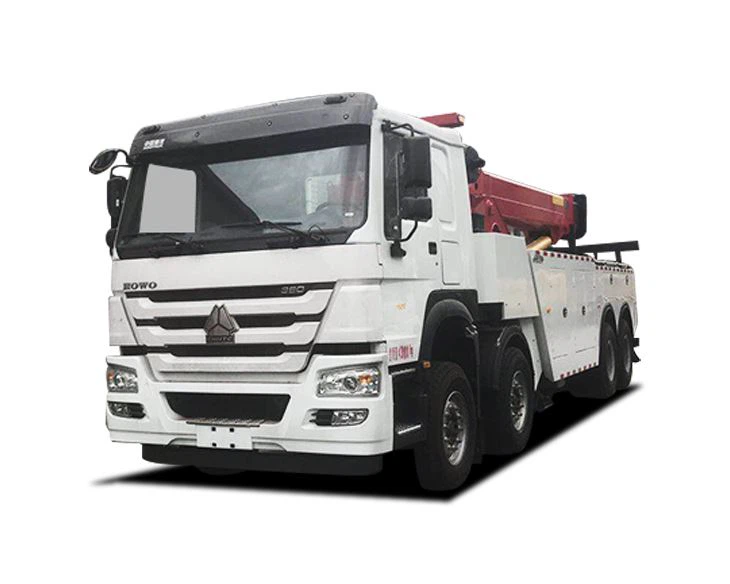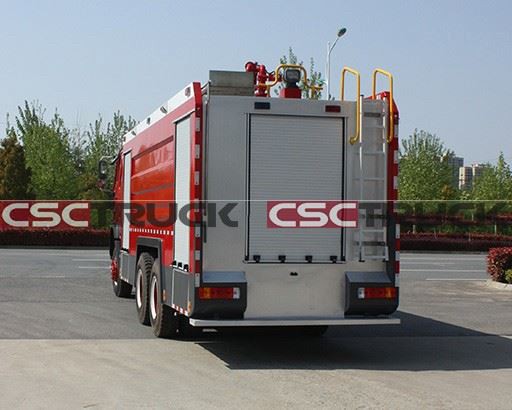Fire truck aerials are essential tools in firefighting operations, providing firefighters with the height and reach necessary for effective incident management. From saving lives to tackling fires in high-rise buildings, fire truck aerials play a critical role in modern firefighting. In this comprehensive article, we will explore various aspects of fire truck aerials, including their types, functions, operational principles, safety considerations, and more.
What is a Fire Truck Aerial?
A fire truck aerial is a specialized apparatus designed to elevate firefighters and equipment to high places during fire emergencies. These vehicles are equipped with an extendable ladder or platform that allows access to rooftops, upper floors, and hard-to-reach areas. They are often combined with fire engines to streamline firefighting operations.
Types of Fire Truck Aerials
1. Aerial Ladder Trucks
Aerial ladder trucks are commonly used in firefighting efforts. These trucks feature a telescoping ladder that can extend to various heights, typically ranging from 75 to 100 feet. They are versatile and can serve different functions, including rescue missions, accessing fires in skyscrapers, and providing water streams from above.
2. Platform Aerials
Platform aerials, also known as aerial tower trucks, come with a bucket or platform at the end of the ladder. These platforms can hold multiple firefighters and equipment, enabling them to execute rescue operations and firefighting strategies safely and efficiently.
3. Bronto Skylift
The Bronto Skylift is a unique type of aerial platform that offers a robust and extensive vertical reach. These types of aerials can extend up to 200 feet or more and are often used for specialized operations, including those that require high reach for ventilation or high-angle rescues.
How Fire Truck Aerials Work
Understanding the mechanics of fire truck aerials can help appreciate their importance in firefighting operations. Here are some key components and their functions:
1. Ladder Mechanism
The ladder mechanism consists of several sections that can extend or retract. Most aerial ladders have hydraulic systems that allow for smooth operation and precise positioning.
2. Stabilization Systems
To ensure safety during operation, aerial ladders are equipped with stabilization systems that prevent tipping. These systems deploy support stabilizers or outriggers that provide additional stability on uneven terrain.
3. Control Systems
The operator uses a control panel located on the truck to maneuver the aerial apparatus. Although the controls can vary by manufacturer, modern aerials are typically designed for ease of use with clearly marked functions.
Applications of Fire Truck Aerials
1. High-Rise Rescue Operations
Fire truck aerials are particularly important in high-rise buildings. Their ability to extend to great heights allows firefighters to rescue individuals trapped on upper floors. The rapid deployment of an aerial can save lives in critical situations.
2. Fire Suppression
When a fire breaks out in taller structures, conventional hoses might not reach the source effectively. Aerials can provide water streams from above, enabling firefighters to suppress flames from a safer vantage point.
3. Ventilation
In certain fire situations, creating openings in the roof is crucial for smoke and heat ventilation. Aerials allow firefighters to access rooftops for this purpose, facilitating a more efficient firefighting strategy.
4. Hazardous Materials Response
In incidents involving hazardous materials, aerials can provide a safe platform for firefighters to evaluate the situation and deploy necessary decontamination methods without direct exposure to the danger.
Safety Considerations When Using Fire Truck Aerials
1. Training and Certification
Operators of fire truck aerials must undergo rigorous training and certification to ensure they can use the equipment safely and efficiently. Regular drills and refreshers are crucial in maintaining competency.
2. Pre-Operations Checks
Before any operation, thorough inspections of the aerial apparatus must be conducted. This includes checking hydraulic systems, stabilizers, and ladder functions to prevent malfunctions during usage.
3. Wind and Weather Assessments
Weather conditions can significantly affect the operation of aerials. Firefighters need to assess wind speed and other environmental factors before deploying an aerial to ensure safety.
Practical Tips for Firefighters Using Aerials
1. Communicate Clearly
Effective communication during operations is key. Ensure all team members are aware of commands, positions, and movements to prevent accidents.
2. Use Spotters
Having spotters on the ground can help operators navigate obstacles and give guidance when positioning the aerial for optimum safety and efficiency.
3. Keep Hydrated
Firefighting can be physically demanding, especially in heat. Hydration is crucial for firefighter performance and safety, so ensure that team members remain hydrated throughout operations.
Examples of Fire Truck Aerial Usage
1. Real-World Case Study: The Grenfell Tower Fire
The Grenfell Tower fire in London highlights the vital role fire truck aerials play during emergencies. Firefighters utilized aerials to rescue individuals trapped above the flames while also tackling the inferno from elevated positions.
2. Special Operations Example
In an incident involving a multi-story parking garage fire, firefighters used aerial ladder trucks to access burning vehicles from above while ensuring that roads remained clear for other emergency apparatus.
Future Trends in Fire Truck Aerials
1. Advances in Technology
As technology evolves, we can expect advancements in aerial firefighting techniques. Automated aerials equipped with monitoring systems could improve operational efficiency.
2. Introduction of Drones
Drones are beginning to be integrated into firefighting strategies. They can provide aerial surveillance, helping to scope out fire incidents before deploying traditional aerials, enhancing team safety.
3. Eco-Friendly Innovations
Firefighting technology is also moving towards greener solutions. The development of hybrid and electric fire truck aerials can reduce the environmental impact while maintaining performance.
Frequently Asked Questions (FAQ)
1. How high can fire truck aerials reach?
Fire truck aerials typically reach between 75 to 100 feet, although some specialized units, like the Bronto Skylift, can access heights of up to 200 feet or more.
2. What is the difference between an aerial ladder and a platform aerial?
An aerial ladder has a long telescoping ladder without a platform, while a platform aerial includes a bucket at the top to hold firefighters and equipment.
3. How do firefighters ensure safety while using aerials?
Firefighters ensure safety through rigorous training, pre-operation checks of the equipment, assessing environmental conditions, and maintaining clear communication throughout operations.
4. Can fire truck aerials be used for other emergencies besides fires?
Yes, fire truck aerials can be utilized in various emergency situations, including rescue operations, hazardous materials incidents, and ventilation tasks.
5. What training is required to operate a fire truck aerial?
Operators must undergo extensive training programs, focusing on the mechanics of aerials, safety protocols, and practical field training. Certification is also required in many jurisdictions.
6. Are there regulations regarding the maintenance of fire truck aerials?
Yes, fire truck aerials typically require regular maintenance checks and adherence to compliance standards set forth by local fire codes and safety organizations.



